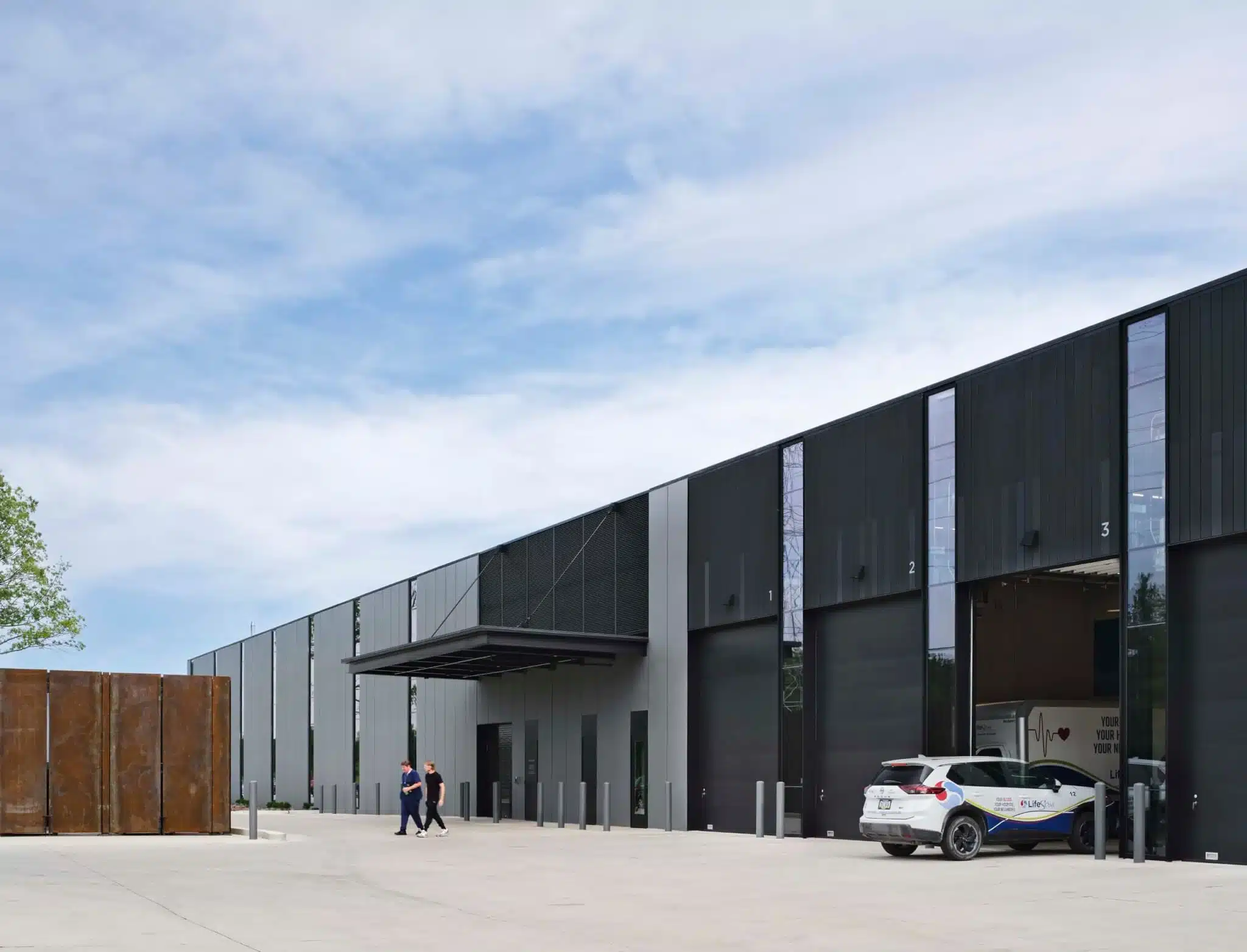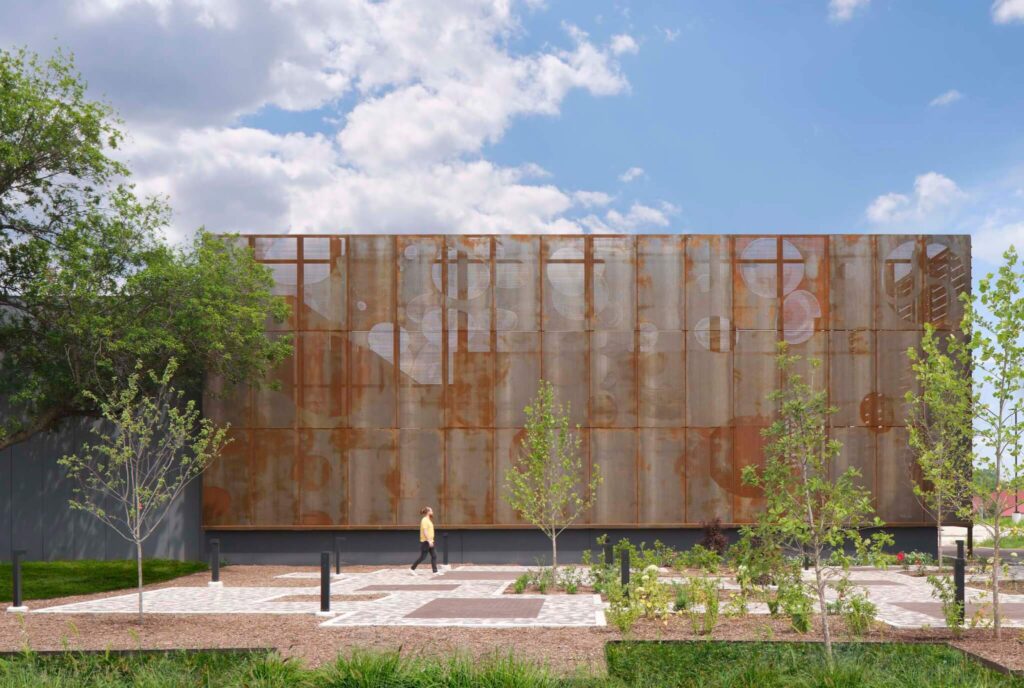
In the realm of construction and architectural design, the challenge of balancing aesthetic beauty with sustainability is ever-present. One remarkable example is the recent transformation of the LifeServe Blood Center by BNIM Architects, a firm renowned for its eco-conscious approach. Through the strategic use of glazing, they have not only redefined the building’s visual appeal but have also optimized its energy efficiency, setting a new standard for future developments.
The Vision Behind the Transformation
BNIM Architects approached the LifeServe Blood Center project with the goal of creating a space that resonates with natural elements while serving the functional needs of a community health facility. By incorporating large expanses of glass, the architects sought to maximize natural light intake, thereby reducing reliance on artificial lighting and cutting down energy costs. This emphasis on sustainability reflects a growing trend in the construction industry: designing buildings that blend seamlessly with their environment.
Embracing Glazing for Sustainable Design
Glazing, a technique that involves the use of glass for facade or other architectural applications, plays a crucial role in modern sustainable design. It offers a dual advantage:
- Energy Efficiency: High-performance glazing systems are engineered to improve insulation, helping to maintain a consistent indoor temperature year-round. This leads to lower energy consumption and reduced utility bills.
- Natural Illumination: By amplifying natural light, glazing transforms interiors into brighter, more welcoming spaces that are conducive to health and wellness. This aspect is particularly beneficial in health-oriented facilities like the LifeServe Blood Center.
Aesthetic Harmony with Nature

Beyond functionality, the aesthetic integration of glazing into the LifeServe Blood Center draws inspiration from nature, creating a fluid connection between the building’s interior and the surrounding environment. This design choice mirrors a broader architectural movement toward biophilic design, which emphasizes the human-nature connection through architecture.
For buildings like the LifeServe Blood Center, the incorporation of natural elements isn’t just a design preference—it’s a necessity. The introduction of greenery, combined with the expansive glazing, offers patients and staff a soothing environment, reducing stress and promoting healing.

Impact on the Community and Industry
The LifeServe Blood Center’s redesign sets a precedent for healthcare architecture by highlighting how innovative design choices can positively impact both people and the planet. This project exemplifies a growing acknowledgment within the construction industry of the importance of sustainable practices that do not compromise on design quality.
Leading by Example
The transformation of LifeServe Blood Center serves as an inspiring model for future projects aiming to integrate sustainability into design. Key takeaways from BNIM Architects’ approach include:
- Responsiveness to Environmental Conditions: Adaptive design strategies that consider the surrounding climate and incorporate energy-efficient technologies.
- Community-Centric Design: Facilities that respond to the needs of the people they serve, encouraging well-being and community engagement.
- Innovative Use of Materials: Selecting materials that are not only environmentally friendly but also enhance the building’s functionality and appearance.
A Call to Action for Industry Professionals
As the construction industry evolves, there is an increasing demand for buildings that align with nature while fulfilling practical requirements. Architects, engineers, and developers are encouraged to seek innovative solutions that enhance both environmental sustainability and user experience. By looking at successful examples like the LifeServe Blood Center, industry professionals can draw inspiration to pioneer new, environmentally friendly designs that meet the growing needs of modern societies.

A diagram shows the installation of the shading system and screens.
Concluding Thoughts
The transformation of the LifeServe Blood Center by BNIM Architects showcases the profound impact of integrating nature-inspired elements and energy-efficient technologies in architectural design. This successful project paves the way for a future where sustainability and design excellence go hand-in-hand. As more buildings embrace these principles, we contribute to a healthier planet and a more interconnected society, underscoring the vital role that architecture plays in shaping our environment and quality of life.
For those in the construction industry interested in sustainable design practices, take a cue from BNIM Architects’ innovative approach. Contact us to learn about sustainable architectural solutions or to discuss your project needs































